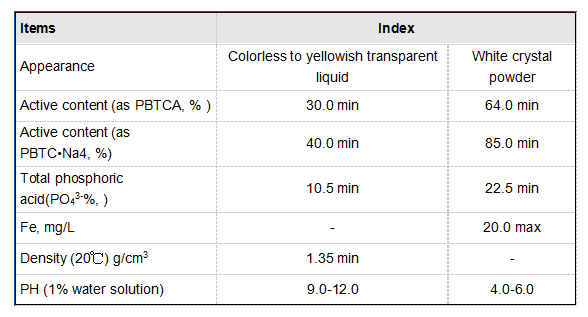Exploring the Benefits and Applications of Anionic PAM in Various Industries
Understanding Anionic Polyacrylamide (Anionic PAM) Applications and Benefits
Anionic Polyacrylamide, commonly referred to as Anionic PAM, is a versatile polymer widely used in various industrial applications due to its excellent properties. This synthetic polymer belongs to the polyacrylamide family and has garnered significant attention in the fields of water treatment, agriculture, oil recovery, and many others. Its anionic character imparts unique functionalities that make it suitable for a myriad of uses, especially in processes that require effective flocculation and sedimentation.
Structure and Properties
Anionic PAM is generated through the polymerization of acrylamide, introducing anionic groups (negatively charged) into the polymer chain. This anionic characteristic allows PAM to interact readily with positively charged particles in suspension, enhancing its flocculating capabilities. The molecular weight and degree of anionicity can vary, tailoring Anionic PAM for specific applications. Typically, PAM is available in powder or emulsion form, with the powder form being more common in solid applications while emulsions offer ease of use in liquid forms.
Applications in Water Treatment
One of the primary applications of Anionic PAM is in the treatment of wastewater. In municipal and industrial facilities, it acts as a coagulant and flocculant, facilitating the aggregation of suspended particles and promoting their removal through sedimentation. This property is particularly vital in clarifying water, where turbidity reduction is essential. Anionic PAM helps in binding together smaller particles, forming larger aggregates that can be easily separated from the water.
In addition to wastewater treatment, Anionic PAM is also employed in the treatment of drinking water, where it aids in removing contaminants and ensuring compliance with safety regulations. The use of Anionic PAM in these areas not only boosts the efficiency of the treatment processes but also enhances the overall quality of water.
Agricultural Uses
anionic pam

Anionic PAM finds significant utility in the agricultural sector as well. Its application in soil management has shown to improve water retention in arid regions, which is beneficial for crop production. By enhancing the soil's ability to retain moisture, Anionic PAM reduces irrigation frequency, resulting in savings on water and related costs.
Furthermore, Anionic PAM aids in erosion control on agricultural lands. When applied to soil, it forms a matrix that holds soil particles together and reduces runoff. This is particularly crucial in areas prone to heavy rainfall, where soil erosion can lead to significant land degradation and reduced agricultural productivity.
Benefits in Oil Extraction
In the oil and gas industry, Anionic PAM plays a pivotal role in enhancing oil recovery processes. It is used in Enhanced Oil Recovery (EOR) techniques, where it helps to increase the viscosity of water injected into oil reservoirs. This increased viscosity improves the displacement of crude oil, making extraction more efficient. The use of Anionic PAM in EOR not only boosts productivity but also reduces operational costs.
Environmental Considerations
While the benefits of Anionic PAM are undeniable, it is essential to consider its environmental implications. Although it is generally considered safe when used appropriately, excessive concentrations can potentially lead to adverse environmental impacts. Therefore, proper management and adherence to regulatory guidelines during its use are crucial for minimizing risks.
Conclusion
In summary, Anionic Polyacrylamide is a vital polymer with extensive applications across various sectors, including water treatment, agriculture, and oil recovery. Its unique properties, such as effective flocculation and soil stabilization, contribute to significant advancements in industrial processes and environmental management. As industries continue to seek efficient and sustainable solutions, the role of Anionic PAM will likely expand, highlighting the need for ongoing research and development to maximize its benefits while ensuring environmental sustainability. As we navigate the challenges of a changing world, Anionic PAM stands out as a remarkable tool in our pursuit of innovation and efficiency.
-
lk-319-special-scale-and-corrosion-inhibitor-for-steel-plants-advanced-solutions-for-industrial-water-systemsNewsAug.22,2025
-
flocculant-water-treatment-essential-chemical-solutions-for-purification-processesNewsAug.22,2025
-
isothiazolinones-versatile-microbial-control-agents-for-industrial-and-consumer-applicationsNewsAug.22,2025
-
scale-inhibitor-key-solutions-for-water-system-scale-preventionNewsAug.22,2025
-
organophosphonates-versatile-scale-inhibitors-for-industrial-water-systemsNewsAug.22,2025
-
scale-and-corrosion-inhibitor-essential-chemical-solutions-for-water-system-maintenanceNewsAug.22,2025





